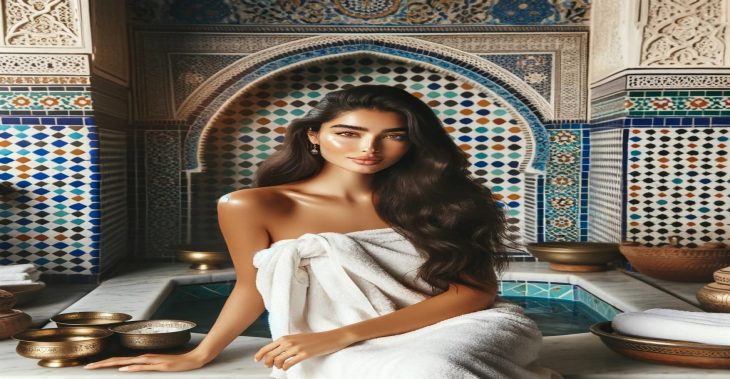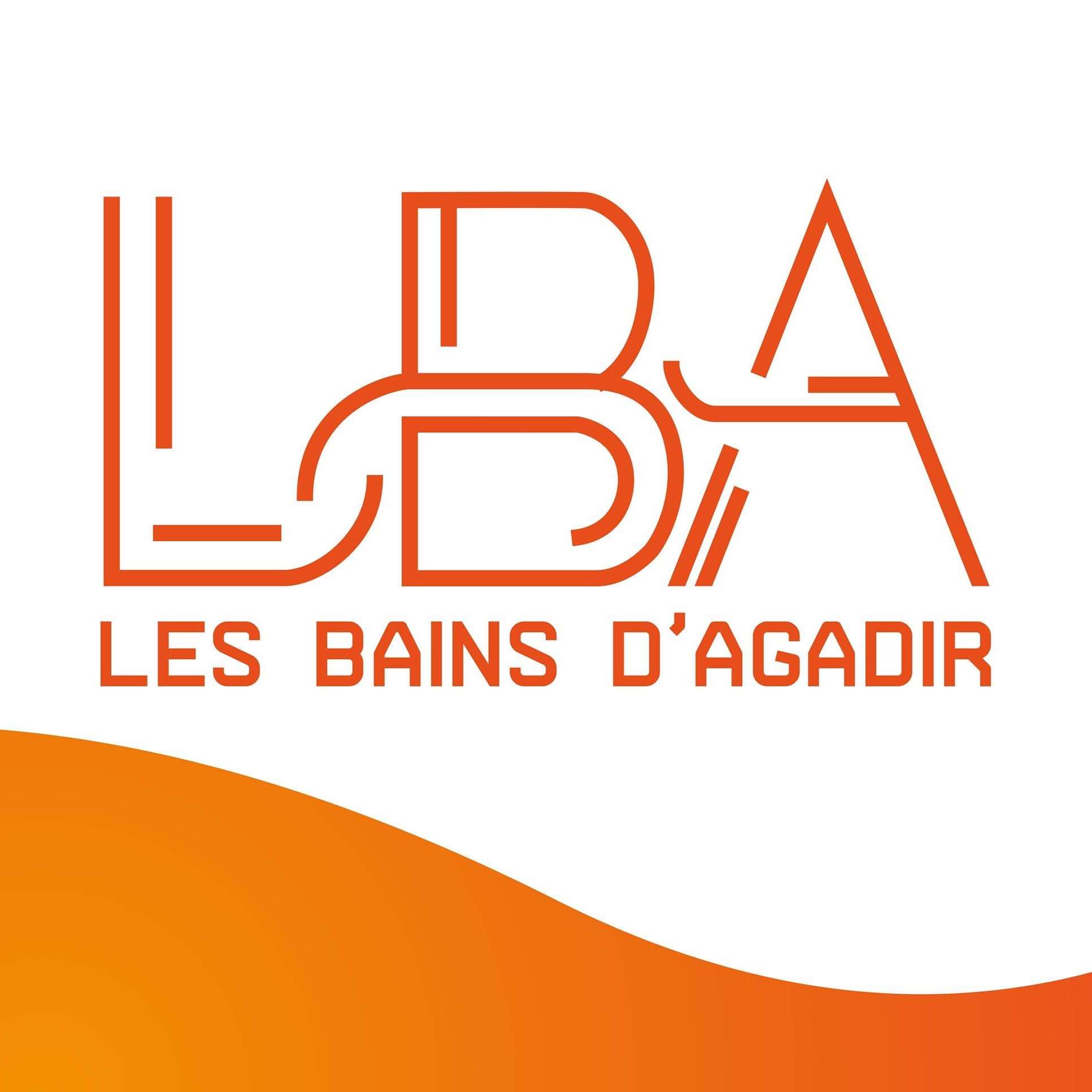
How to Make a Moroccan Bath at Home: The Ultimate Guide
Introduction
Welcome to our comprehensive guide on how to make a Moroccan bath at home. In this article, we will walk you through the step-by-step process of recreating the serene and rejuvenating experience of a Moroccan bath right in the comfort of your own bathroom. Discover the ancient rituals, essential ingredients, and tips to create an oasis of relaxation and self-care.
Key Takeaways
- A Moroccan bath, also known as Hammam, is a traditional cleansing and relaxation ritual practiced in Morocco for centuries.
- The Moroccan bath process involves using Moroccan black soap, a Kessa glove for exfoliation, Rhassoul clay mask, and Argan oil for moisturization.
- The benefits of a Moroccan bath include deep cleansing, exfoliation, improved skin texture, and a sense of relaxation and well-being.
- You can customize your Moroccan bath experience by incorporating essential oils, creating DIY face masks, and adapting the ritual to your specific needs.
How to Make a Moroccan Bath at Home
What You Will Need
Before diving into the process, let’s gather the essential ingredients and materials required to create an authentic Moroccan bath experience:
- Moroccan Black Soap: This special soap, made from natural ingredients like olive oil and eucalyptus, is a cornerstone of the Moroccan bath ritual. It helps to cleanse and soften the skin.
- Kessa Glove: This exfoliating glove is used to remove dead skin cells and impurities from the body. It is an integral part of the Moroccan bath process.
- Rhassoul Clay: Known for its detoxifying properties, Rhassoul clay is used as a face and body mask during the bath. It helps to draw out impurities and leaves the skin feeling refreshed.
- Argan Oil: After the bath, Argan oil is applied to moisturize and nourish the skin, leaving it soft and supple.
- Essential Oils: To create a relaxing and aromatic atmosphere, consider using essential oils such as rose, lavender, or eucalyptus.
- Steamer or Hot Shower: Steam helps to open up the pores and enhances the overall experience. If you don’t have a steamer, a hot shower will also suffice.
Step-by-Step Guide
Now that we have our materials ready, let’s dive into the step-by-step process of creating a Moroccan bath at home:
- Prepare the Bathroom: Start by cleaning your bathroom thoroughly and creating a serene ambiance. Dim the lights, light scented candles, and play soothing music to set the mood.
- Steam the Bathroom: If you have a steamer, fill it with water and let the steam fill the bathroom. If not, take a hot shower for about 10-15 minutes to create a similar effect.
- Apply Moroccan Black Soap: Wet your body with warm water and apply the Moroccan black soap all over. Allow it to sit on your skin for a few minutes to soften and cleanse.
- Exfoliate with the Kessa Glove: Wet the Kessa glove and gently scrub your body in circular motions. Start from your feet and work your way up, paying extra attention to areas with rough skin or cellulite.
- Rinse and Repeat: Rinse off the soap residue and continue exfoliating with the Kessa glove until you feel your skin is thoroughly cleansed and rejuvenated.
- Apply Rhassoul Clay: Mix the Rhassoul clay with water to form a smooth paste. Apply it to your face and body, avoiding the sensitive eye area. Leave it on for about 10-15 minutes to allow the clay to draw out impurities.
- Relax and Breathe: While the clay is doing its magic, find a comfortable spot in your bathroom, sit back, and relax. Breathe deeply, allowing the steam and the aroma of essential oils to further enhance the experience.
- Rinse Off the Clay: After the designated time, rinse off the Rhassoul clay with warm water, gently massaging your skin to remove any remaining residue.
- Moisturize with Argan Oil: Pat your skin dry with a soft towel and apply a generous amount of Argan oil all over your body. Massage it in circular motions to promote absorption and to leave your skin feeling hydrated and nourished.
- Enjoy the Afterglow: Take a few moments to appreciate the radiant glow of your skin and the sense of relaxation and rejuvenation that comes with a Moroccan bath.

FAQ: Frequently Asked Questions
1. Can I perform a Moroccan bath at home if I have sensitive skin?
Yes, you can still enjoy a Moroccan bath at home if you have sensitive skin. However, it’s important to choose mild and gentle products specifically designed for sensitive skin. Look for Moroccan black soap variants that are formulated for sensitive skin types. Additionally, when using the Kessa glove, be gentle and avoid excessive scrubbing. It’s always a good idea to perform a patch test before using any new products to ensure they don’t cause any adverse reactions.
2. How often should I do a Moroccan bath?
The frequency of Moroccan baths depends on your personal preference and the needs of your skin. Generally, it’s recommended to have a Moroccan bath once every two weeks to once a month. However, if you have oily or congested skin, you may benefit from more frequent sessions. Pay attention to how your skin feels and adjust the frequency accordingly. Overdoing it can potentially strip your skin of its natural oils, so moderation is key.
3. Can I customize the Moroccan bath experience with additional ingredients?
Absolutely! You can enhance your Moroccan bath experience by incorporating additional ingredients. For example, you can add a few drops of your favorite essential oil, such as rose or lavender, to the steam or the bathwater. These aromatic scents can promote relaxation and further elevate the ambiance. Additionally, you can create DIY face masks using natural ingredients like honey, yogurt, or oats to target specific skin concerns.
4. Can men also enjoy Moroccan baths?
Yes, Moroccan baths are not limited to any specific gender. Both men and women can benefit from the cleansing and rejuvenating effects of a Moroccan bath. The ritual is designed to improve overall skin health and promote relaxation, making it suitable for everyone. So, gentlemen, don’t hesitate to indulge in this wonderful self-care practice.
5. Can I substitute Moroccan black soap with other types of soap?
While Moroccan black soap is specifically formulated for the Moroccan bath ritual, you can still achieve a similar experience using other types of soap. Look for natural and moisturizing soaps that are gentle on the skin. However, keep in mind that the traditional black soap contains unique ingredients and properties that contribute to the overall effectiveness of the Moroccan bath. To fully capture the essence of the ritual, it’s recommended to use authentic Moroccan black soap.
6. Are there any specific precautions I should take during a Moroccan bath?
During a Moroccan bath, it’s important to maintain a comfortable temperature in the bathroom to prevent overheating or feeling lightheaded. If you start feeling uncomfortable, step out of the steam or take a break to cool down. Additionally, avoid using the Kessa glove on broken or irritated skin. It’s also a good idea to tie up your hair to keep it away from the products and prevent any tangling.
7. Can I do a Moroccan bath if I’m pregnant?
If you’re pregnant, it’s advisable to consult with your healthcare provider before indulging in a Moroccan bath or any other new self-care routine. While Moroccan baths are generally safe, it’s always best to get personalized advice based on your specific circumstances. Your healthcare provider can assess any potential risks and provide guidance on whether it’s suitable for you during pregnancy.
8. Can I share the Moroccan bath experience with a partner or friend?
Absolutely! The Moroccan bath experience can be a wonderful bonding activity. You can enjoy the ritual with a partner, friend, or even organize a Moroccan bath party with a small group. Just make sure you have enough space and supplies for everyone to enjoy the process comfortably. Sharing this experience can be a fun and relaxing way to connect with loved ones.
9. Can I combine a Moroccan bath with other skincare treatments?
Yes, you can combine a Moroccan bath with other skincare treatments, depending on your skin’s needs. For example, you can incorporate a gentle facial cleanse, followed by a face mask while you’re enjoying the steam. This allows you to address specific concerns like acne or hydration. However, it’s important to be mindful of the products you use and ensure they are compatible with the Moroccan bath process to avoid any adverse reactions.
10. How long does a Moroccan bath session usually take?
The duration of a Moroccan bath session can vary depending on your preference and the steps you choose to incorporate. On average, a complete Moroccan bath session, including preparation, cleansing, exfoliation, clay mask, and moisturization, can take around 60 to 90 minutes. However, you can adjust the length of each step to fit your schedule and preferences. Remember, the focus is on relaxation and enjoying the process at your own pace.
Conclusion
Now that you have learned how to create a Moroccan bath at home, it’s time to treat yourself to a luxurious and rejuvenating experience. By following the step-by-step guide and incorporating the essential ingredients and materials, you can transform your bathroom into a sanctuary of relaxation. Embrace the ancient traditions and indulge in the benefits of deep cleansing, exfoliation, and skin rejuvenation. So, go ahead and embark on your Moroccan bath journey to discover the transformative power of this timeless ritual.


